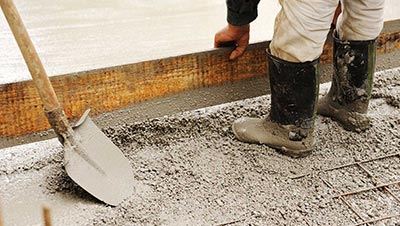
Mar 20, 2019 | Concrete Curing, Concrete Paving
What Is Considered Cold Weather? When the average daily temperature falls below 40 degrees Fahrenheit for more than three consecutive days, it’s considered cold weather. Concrete needs special considerations for placement, finishing, curing, and protection under these...
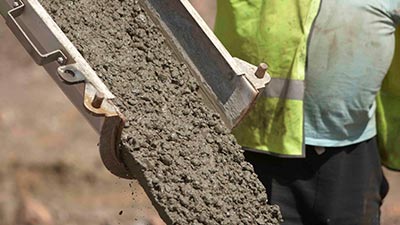
Mar 20, 2019 | Concrete Aggregates, Concrete Curing
What Is Jobsite Addition Of Water? Simply, it’s adding water — usually a small amount of the mix design water — to ready mix concrete inside the mixer truck after it arrives on the job site. Why Is Water Added At A Jobsite? Adding water to concrete on site brings the...
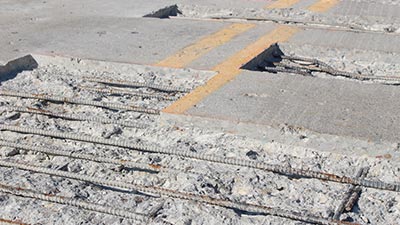
Mar 20, 2019 | Concrete Curing, Concrete Paving
Concrete delamination is the separation of the paste layer at the surface, creating an unbonded concrete layer between there and the slab body. This issue develops with troweled concrete, commonly during the early spring and late fall with concrete placement on a cool...
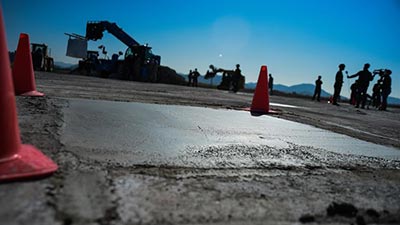
Mar 20, 2019 | Concrete Curing
How Hot Weather Affects Curing By default, curing is the actions and conditions which maintain an adequate level of moisture content and temperature in concrete at its early stages. If performed properly, the end result is concrete that develops properties the...
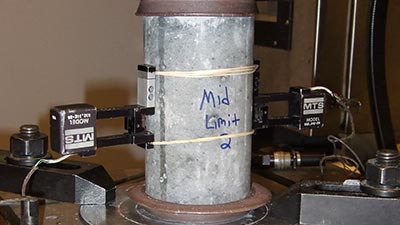
Mar 11, 2019 | Concrete Curing
Generally, the process begins by molding a fresh concrete sample and allowing the sample to cure in standardized conditions. Testing takes place at a pre-specified time, usually 28 days after molding, with all procedures performed following ASTM standards. It’s done...
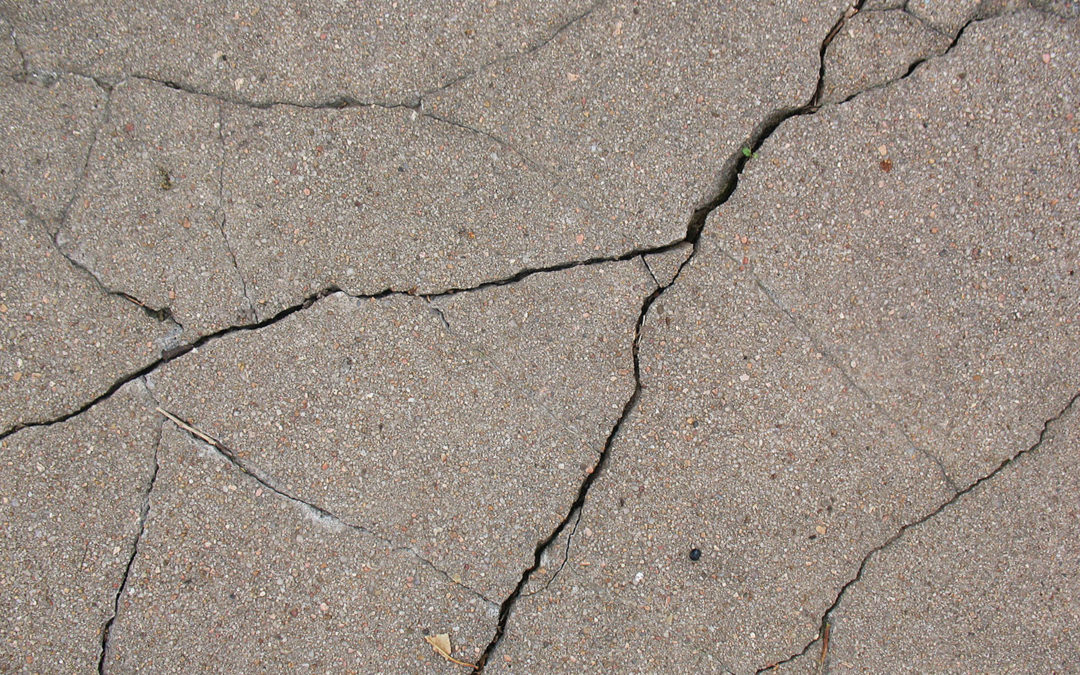
Mar 5, 2019 | Concrete Curing
Best Practices For Plastic Shrinkage Cracking What is Plastic Shrinkage Cracking? This phenomenon happens when the concrete is still plastic, soon after pouring. They’re an all too common type of shrinkage cracks in concrete slabs, generally emerging parallel to one...








